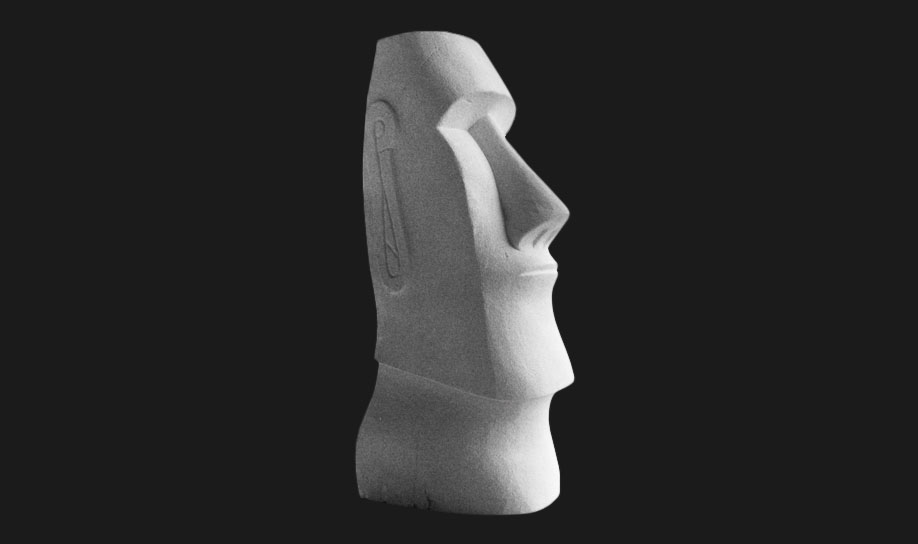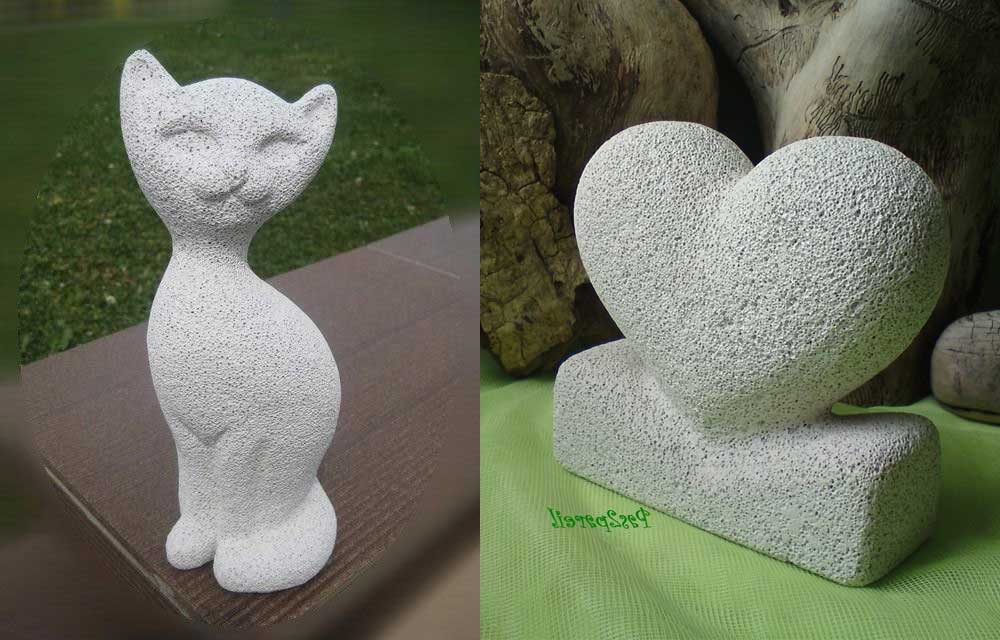Cellular lightweight concrete is a material that is commonly used for building construction and has significant advantages, including being lightweight and easy to work with.
What many people don't know is that lightweight concrete is also an excellent material for those who want to try their hand at creating their first sculptures while having little skills.
Sculpting Gasbeton, Siporex or Ytong, all trademarks under which cellular concrete is marketed, is extremely easy because the material can be worked with very simple tools and sculpted just as easily.
All you need are chisels, a saw, rasps for smoothing and you can really get any shape, having a minimum of artistic sense.
Sculpting wood or stone requires much more effort and skill, but lightweight cellular concrete sculpting can also be an introduction to stone and wood sculpting.
Curiously enough, sculptures made with Gasbeton or Siporex are often rather stylized; certainly, the material does not lend itself to the realization of particular details but it is also true that it is flexible enough to realize even more complex and refined sculptures than those you can see in this article.

Photo from http://www.e-carreno.com/sculptures.html
You can certainly start from the use of a simple saw to make quite squared shapes but you can then continue refining and modeling our sculpture until you get the desired result.
You can make abstract sculptures as well as friezes and bas-reliefs and the latter can be very successful. You could, for example, reproduce the bas-reliefs found in some Romanesque church and use them to embellish the wall of your house.
If you have the Dremel (better if it has a flexible shaft) it will be indispensable to create the details thanks to the large number of cutters and other bits you can install.
Aerated concrete blocks have a very low cost compared to a marble block, and what makes it suitable for non-professional sculptors is that you can load it into your car with little effort without necessarily having to call a truck equipped with a crane to get it into our garage or our budding sculptor's workshop.
One of the limitations of this material, if anything, is the fact that it is sold in blocks that are used to create load-bearing walls or, more often, interior partitions. The blocks are therefore not very large, and the sculptures that can be made on a single block must have small measurements. This is why I wrote that friezes and bas-reliefs are the ones that succeed best.
One way to overcome the obstacle of small size would be to couple several blocks in order to obtain a large one.
Cellular concrete blocks require a specific adhesive which is not the common mortar for brickwork. It is a adhesive that must be spread in a reduced thickness because the blocks are already perfectly squared.
Those who have tried to carve a cellular concrete block formed by joining several blocks complain that the adhesive, once hardened, is not as easy to work as the concrete itself.
Others prefer to use pulyurethane foam which, once hardened, they believe to have a workability very similar to that of Gasbeton and Siporex.
I add two videos that show you in a very practical way how Siporex or Gasbeton can be worked-


